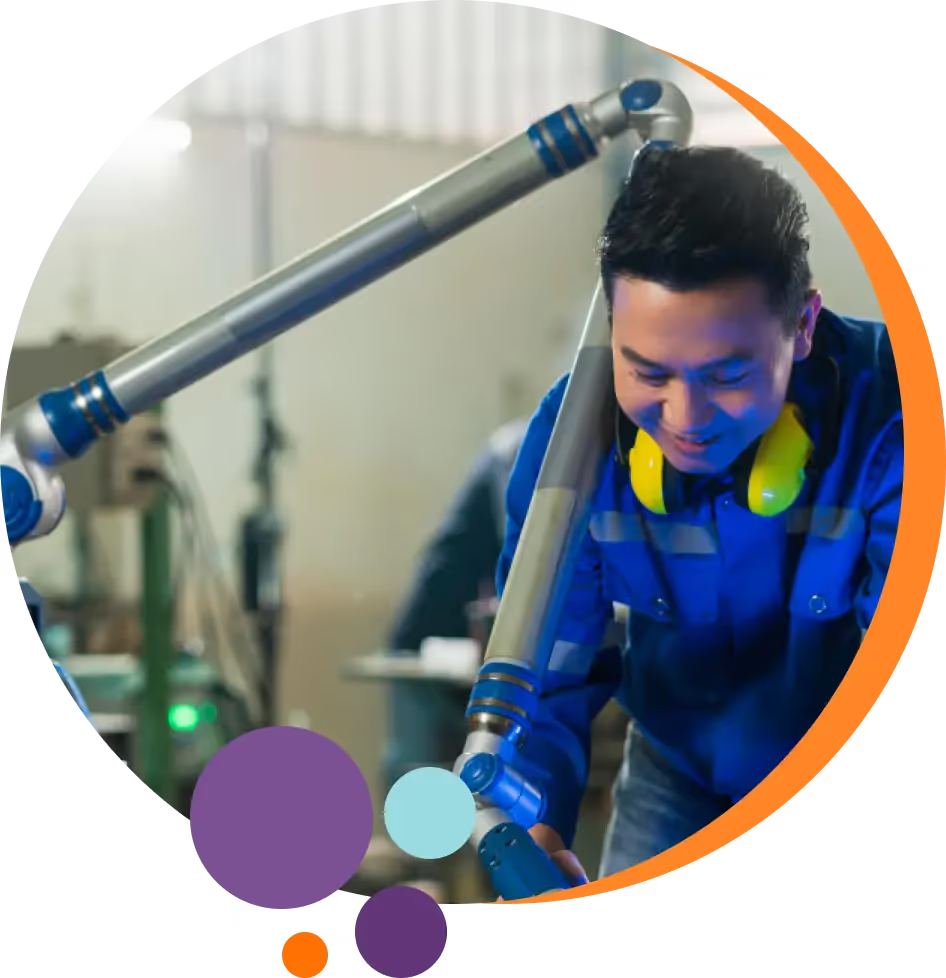1. Logging Workers
Logging workers stand at the forefront in the realm of hazardous occupations. This profession, critical for harvesting timber used in countless consumer and industrial products, carries with it a substantial level of risk. Logging is a complex operation requiring skill, precision, and an acute awareness of one's surroundings.
Statistics paint a vivid picture of the dangers faced by these workers. Logging has one of the highest fatal injury rates in the US, with 82.2 deaths per 100,000 workers. The primary cause of these fatal injuries is contact with objects and equipment – particularly, the very trees and machinery that are integral to the job.
Tales of loggers who have narrowly escaped or witnessed accidents provide a human face to the statistics. These anecdotes are stories of survival and lessons in the importance of rigorous safety protocols and constant vigilance in a high-risk environment. Logging, thus, is more than a job – it is a daily negotiation with danger, where safety practices are as vital as the tools of the trade.

2. Fishing and Hunting Workers
Fishing and hunting workers undertake one of the most perilous yet vital jobs. Their role involves braving the untamed forces of nature to provide resources for human consumption, animal feed, and bait. With a fatal injury rate of 75.2 deaths per 100,000 workers, this job is all about resilience in the face of unpredictability.
The dangers these workers face are profound, with drowning being a predominant risk. This hazard is amplified by slippery decks, entanglement in fishing nets, and the unpredictability of weather and sea conditions. Large waves and storms can turn an ordinary day at sea into a life-threatening situation in moments.
Environmental conditions play a critical role in job safety for these workers. Elements like stormy weather, rough seas, and even extreme temperatures can swiftly escalate the risk levels, making every trip a carefully calculated endeavor. The job demands an in-depth understanding of the environment and a high level of preparedness.
3. Roofers
Roofers occupy a crucial role in the construction industry, specializing in installing, repairing, and replacing roofs on various structures. This job involves working with materials like shingles, metal, and tiles, often at significant heights. The nature of the work, primarily done atop buildings, makes it inherently dangerous.
The fatal injury rate of 59 deaths per 100,000 workers underscores the risks involved: roofers face a concerning injury rate, with falls being the leading cause of these incidents. To mitigate these dangers, the roofing industry emphasizes a range of safety measures and precautions. These include the use of safety harnesses, guardrails, and nets to prevent falls. Roofers are also trained in proper ladder usage and are equipped with personal protective equipment like hard hats and non-slip footwear.
.webp)
4. Aircraft Pilots and Flight Engineers
Aircraft pilots and flight engineers represent some of the most skilled professionals in the aviation sector. Pilots are responsible for flying and navigating airplanes, helicopters, and other aircraft, ensuring passenger safety and following flight schedules. Flight engineers, meanwhile, play a crucial role in monitoring and operating complex aircraft systems, ensuring the aircraft's optimal performance.
Despite rigorous training and strict safety regulations, this field experiences a high fatality rate. The fatal injury rate for these professionals is 48.1 deaths per 100,000 workers, significantly higher than the average across all occupations. Most fatalities in this profession occur in crashes involving privately owned aircraft, highlighting a distinct set of risks compared to commercial aviation.
5. Structural Iron and Steel Workers
Structural iron and steel workers play a pivotal role in the construction industry. Their job involves installing iron and steel frameworks for buildings, bridges, and other structures. This work is physically demanding and requires high precision and expertise, as these workers assemble the backbone of various infrastructures.
The nature of this job brings with it significant risk factors, notably the danger of falls. With a fatal injury rate of 36.1 deaths per 100,000 workers, the peril of working at heights on large structures is evident. Whether they are climbing structures, unloading materials, or signaling to crane operators, the risk of a fall is an ever-present danger.


.webp)


















.webp)
.webp)


.webp)